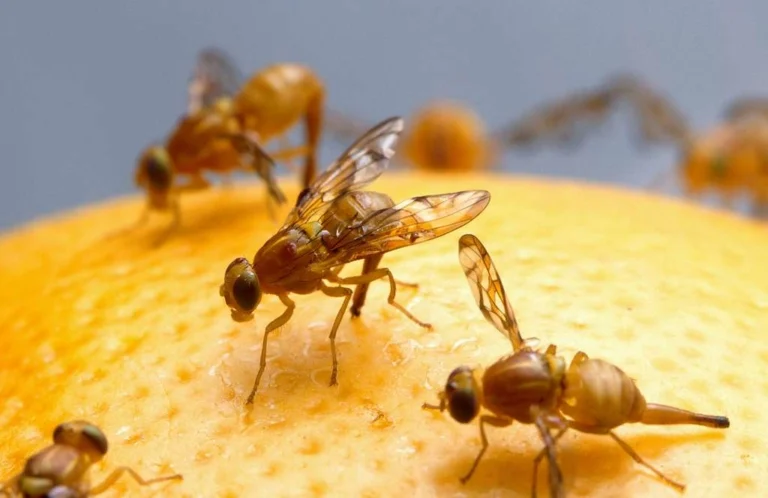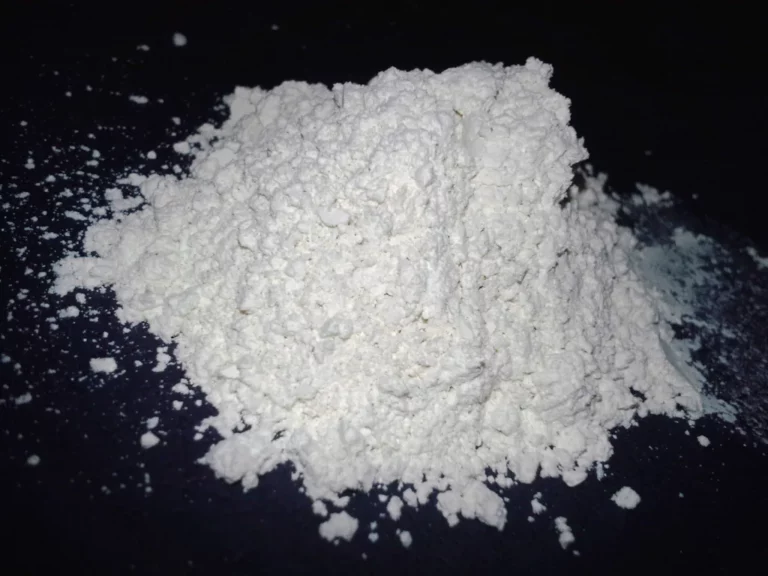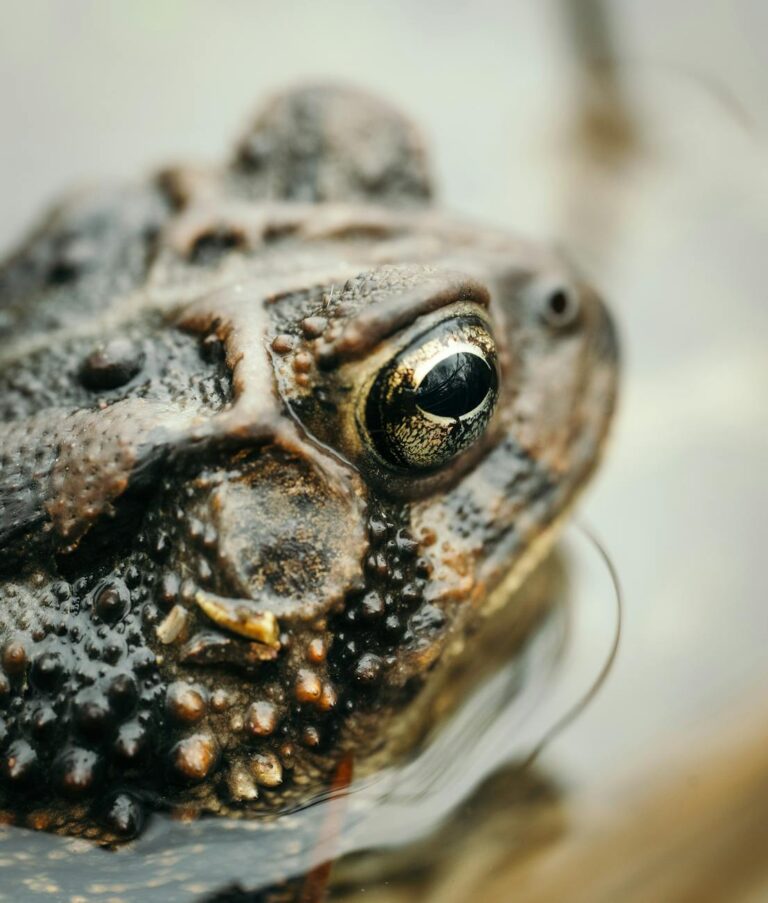Table of Contents
ToggleUnderstanding Insect Control
Insect control is a common concern for homeowners, gardeners, and pest control professionals. Whether it’s dealing with pesky mosquitoes in the backyard or protecting crops from destructive pests, effective insect control is essential. By understanding the principles of pest management and bug control, individuals can take proactive measures to prevent infestations and minimize damage. Implementing strategies such as proper sanitation, habitat modification, and targeted treatments can help maintain a pest-free environment. With the right knowledge and tools, anyone can successfully navigate the world of insect control and protect their homes, gardens, and crops.
Safety and Effectiveness of Chemical Insecticides
Chemical insecticides are widely used for insect control due to their high effectiveness in controlling pests. These products offer quick results and can eliminate a wide range of insects, making them a popular choice among homeowners, gardeners, and pest control professionals. Whether it’s combating ants in the kitchen or protecting crops from destructive pests, chemical insecticides have proven to be highly efficient.
However, it is important to consider the safety aspects of using chemical insecticides. While they are effective in pest control, these products may pose risks to human health and the environment if not used properly. Pesticides contain active ingredients that can be toxic if ingested, inhaled, or absorbed through the skin. It is crucial to follow label instructions carefully and take necessary precautions when handling, storing, and applying chemical insecticides.
To minimize potential risks associated with chemical insecticides, it is recommended to wear protective clothing such as gloves and masks during application. Additionally, storing these products out of reach of children and pets is essential for their safety. Proper disposal methods should also be followed to prevent contamination of soil and water sources.
Environmental Impact of Chemical Insecticides
Chemical insecticides, while effective in controlling pests, can have negative environmental impacts. These products have the potential to contaminate soil, water, and air, leading to ecological consequences. When chemical insecticides are applied, they can harm non-target organisms such as beneficial insects, birds, and aquatic life. Additionally, the use of these products may contribute to the development of pesticide-resistant pests over time.
To address these concerns and minimize the environmental impact of chemical insecticides, stringent regulations and integrated pest management practices have been implemented. Regulatory bodies set guidelines for the safe use and disposal of pesticides to protect human health and the environment. Integrated pest management (IPM) approaches promote a holistic approach to pest control by combining various strategies such as biological controls, cultural practices, and targeted pesticide applications.
Choosing low-toxicity options when using chemical insecticides can also help reduce their green impact. Opting for products with lower toxicity levels minimizes harm to non-target organisms and reduces the risk of contamination in soil and water sources. It is important to carefully read and follow label instructions when using these products to ensure proper application and minimize unintended consequences.
Exploring Natural Alternatives: Pros and Cons
Natural alternatives, such as organic pest control methods and botanical insecticides, offer several benefits for insect control. One of the key advantages is that they are generally safer for humans and the environment. These alternatives often use ingredients derived from plants or natural substances, reducing the risk of harmful chemical exposure. They provide an eco-friendly solution that minimizes the impact on beneficial insects, wildlife, and water sources.
Another benefit of natural alternatives is their effectiveness against specific pests. While chemical insecticides may have a broad spectrum of activity, natural alternatives can be targeted to specific pests without harming non-target organisms. Additionally, these products often have minimal residual effects, meaning they break down more quickly in the environment.
However, there are some limitations to consider when using natural alternatives. They may require more frequent applications compared to chemical insecticides. Natural products often need to be reapplied regularly to maintain their effectiveness since they typically have shorter persistence. This can be a drawback for individuals seeking long-term pest control solutions.
Furthermore, the effectiveness of natural alternatives can vary depending on the pest species and infestation severity. While they can be successful in managing certain pests, they may not provide immediate results like chemical insecticides do. It’s important to assess the specific situation and choose the appropriate natural alternative based on the target pest and desired level of control.
Target Pests and Choosing the Right Solution
Identifying the target pests is crucial for effective insect control. Understanding the specific pest species, their behavior, and the extent of the infestation will help determine the most appropriate control method. Different pests may require different approaches, so it’s important to accurately identify the problematic insects before proceeding with any treatment.
When choosing the right solution for insect control, several considerations come into play. First, assess the severity of the pest problem. If it’s a minor infestation, natural alternatives may be sufficient to address the issue. However, for more severe or persistent infestations, chemical insecticides may provide quicker and more effective results.
Potential risks associated with each option should also be evaluated. Chemical insecticides carry a higher risk of toxicity to humans and non-target organisms compared to natural alternatives. If there are concerns about environmental impact or potential health risks, opting for eco-friendly solutions becomes even more important.
Consideration should also be given to the target area where insect control is needed. Some products may not be suitable for indoor use or certain sensitive areas such as near water sources or food preparation areas. It’s essential to choose a product that is labeled for use in your specific target area.
Lastly, desired persistence of control should be taken into account. Chemical insecticides often provide longer-lasting effects compared to natural alternatives which may require more frequent applications. Depending on your needs and preferences, you can decide whether long-term residual control or short-term effectiveness is more important.
By carefully evaluating these factors and weighing the pros and cons of chemical insecticides versus natural alternatives, you can make an informed decision on selecting the best control method for your specific pest problem.
Making Informed Decisions for Insect Control
Understanding the pros and cons of chemical insecticides and natural alternatives is essential for making informed decisions when it comes to insect control. Consider your specific needs, environmental concerns, and the target pests to determine the most suitable approach. By weighing factors such as effectiveness, safety, environmental impact, and persistence of control, you can choose the right insect control product that aligns with your priorities. Whether you opt for chemical insecticides or natural alternatives, being knowledgeable about their benefits and limitations will help you protect your home, garden, or crops from unwanted pests.




